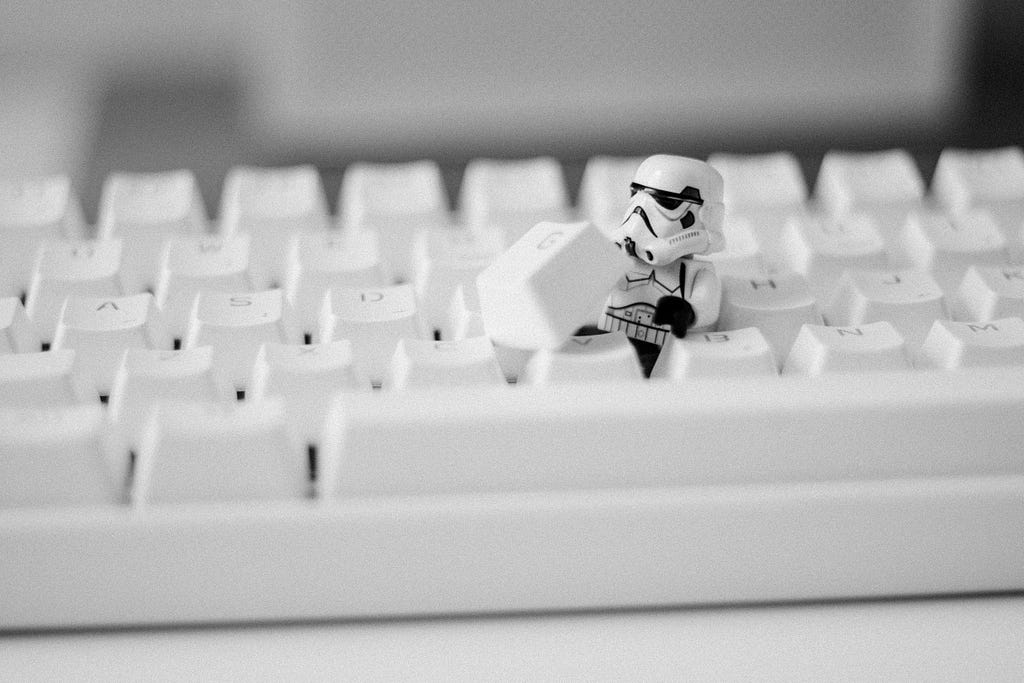Latest news about Bitcoin and all cryptocurrencies. Your daily crypto news habit.

I will admit that I have personally been guilty of this too, of harping on the innumerable use cases of Blockchain technology, without sparing much thought to the things it cannot do.
There have been occasions when we have discussed the shortcomings of the technology and the concerns it breeds but hardly ever have we focused on assessing what blockchain fails at. You might think it is a useless endeavour, considering it does not lead us to find profitable avenues of application. However, I strongly believe that knowing what it does not work for can help us be slightly more mindful of how we can apply blockchain, without wasting opportunities or resources in a futile direction.
So what are some of the things that blockchain cannot do? Well, for starters, it is important to note the difference between putting something on the blockchain and using it to enable and effect change. For example, even when we apply it to specific areas of use to track food shipments or monitor supply chains for basic amenities, it cannot really help if major sections of the society do not have access to the wonders of this technology. At this point, you are probably eager to point out to me instances like the “Building Blocks” programme, that have indeed managed to serve the vulnerable with the magic of blockchain. You probably also think that this obvious constraint of the technology didn’t need an entire article to itself. If you do, then hear me out, as I’m just getting started.
High Volume, Low Value transactions
Speaking of specific use cases, blockchain is not really suitable for transactions that have a high volume but low value per unit.
Blame blockchain’s long standing scalability issues for this as it does not move fast enough to be able to shoulder the load of a massive volume. Since it is a ledger that is distributed among several nodes and miners who must responsibly verify the transactions following a consensus mechanism, it would take quite a bit of time and other resources to process a large volume. At the same time, if these transactions happen to be low-value ones, it simply does not make sense to invest in the heavy equipment and electricity needed to maintain the blockchain network.
For fans of Big Bang Theory, here’s a quick example: think of Penny’s decision to sell her little hair clips or “Penny Blossoms” over the internet. Just imagine what would have happened if she had put it on the blockchain instead. With the number of orders spiralling out of control, the blockchain would have hardly been able to keep up and would have snapped faster than Penny and her friends did!
Governance on blockchain
While this fact can encompass a lot of specific use cases across different industries, I can think of a few more industry-specific applications that would fail if put on the blockchain.
One such area is governance. I understand that a lot of blockchain evangelists are certain that blockchain can transform governance and some even cited Estonia’s 24*7 blockchain-powered digital services as an example.
However, as many have pointed out before, Estonia’s system has been in existence from a time before Satoshi’s blockchain and Bitcoin were even in existence. In fact, Siim Sikkut, the Estonian CIO, has reportedly refuted this myth himself, pointing out that the use of hashes to protect data in the country’s digital governance model cannot be equated to a blockchain.
When it comes to applying blockchain in governance, the sensitive nature of some data can come into conflict with the inherent principle of openness that is crucial to blockchain as a technology. For example, let us take the instance of public health data being put on the blockchain. While some of it does indeed need to be on the public domain, the sensitive nature of such information would require some degree of centralized control over it. No matter how robust the security may be, the decentralized nature of the blockchain network would blow the lid on the confidentiality that is so imperative to data of that kind.
You might argue that the government can then choose to put it on a private blockchain, which makes little sense to me as a concept. Honestly, if you strip blockchain of basics like decentralization and openness, you are not left with much besides a shared database. To me, that is really not what a blockchain is about, which is why I cannot reconcile myself to the idea that governance can occur on a true blue blockchain.
Advertising Technology
Another industry-specific use case that does not perform too well in conjunction with blockchain is the field of advertising technology.
Ad-tech is a modern day phenomenon that is becoming increasingly important as more and more companies hope to reach out to their target demographic via online means and have sales or transactions confirmed through these adverts. Blockchain might do a lot for the retail world but I don’t see how it can keep up with real-time ad sales conversions with its existing scalability models.
As I keep pondering on the things you cannot do on a blockchain, it occurs to me that there are certain pitfalls to even combining robotics and artificial intelligence with blockchain. This is one of the most hyped tech marriages of recent times and I do not really wish to rain on your parade if you are one of those shipping blockchain and AI. Yet, I can hardly help but point out that AI can get out of hand if the level of automation is not tempered by the right level of human intervention in integrating modules effectively.
Force Majeure
Moving on from industry-specific applications, it is also essential to look at how blockchain can or cannot help us with one of our key modern-day concerns: Climate Change.
It is true that blockchain can help set up efficient power grids and promote more effective uses of resources. However, the fact still remains that technology cannot track changes in the natural environment and landscape in real time with much efficacy. As we have already established above, blockchain is not the fastest form of technology out there and for that reason, it really cannot help track and trace the minuscule changes in the environment that can trigger ripple effects across the entire ecosystem.
Climate change is one of the most crucial concerns of our time and blockchain, for all its “star-spangled awesomeness”, cannot help us track or prevent it. If anything, it is actually contributing to further deterioration of the environment by promoting the high volume usage of electricity, internet and other heavy hardware equipments that do not exactly have the best impact on the sanctity of nature. Therefore,this is definitely something you cannot do on the blockchain. In fact, you should really be cutting down on the use of blockchain, and most other forms of advanced technology, if you truly want to do something about the fast-approaching effects of it.
Conclusion
Of course, this discussion in no way takes away from the actual applicability of blockchain in supply chain management, digital identity systems, crypto-based decentralized transactions, management of insurance disbursement through smart contracts and its many more varied use cases. This discussion is only for us to remain mindful of the areas we should not expend our energies and resources on, so as to ensure a more effective implementation of the technology in places where it is actually required.
Things You Can’t Build On a Blockchain was originally published in Hacker Noon on Medium, where people are continuing the conversation by highlighting and responding to this story.
Disclaimer
The views and opinions expressed in this article are solely those of the authors and do not reflect the views of Bitcoin Insider. Every investment and trading move involves risk - this is especially true for cryptocurrencies given their volatility. We strongly advise our readers to conduct their own research when making a decision.



